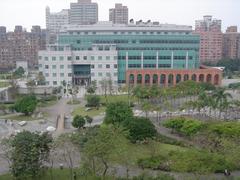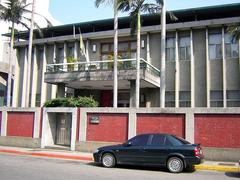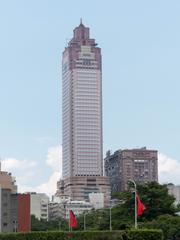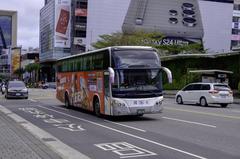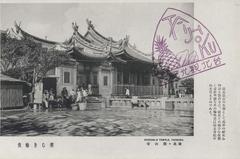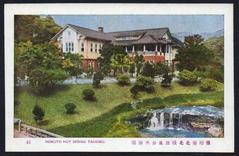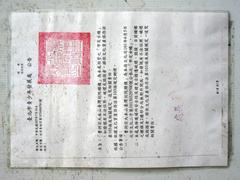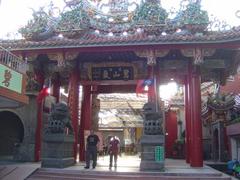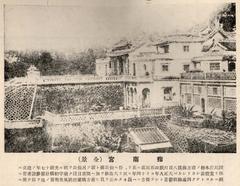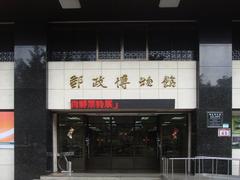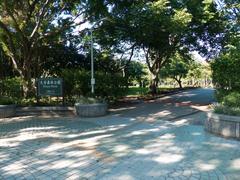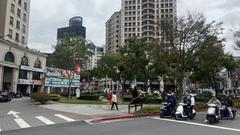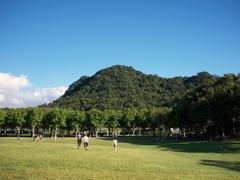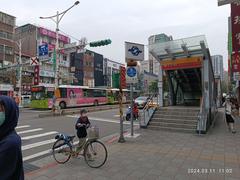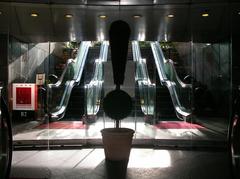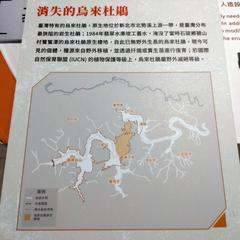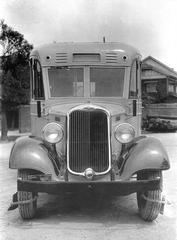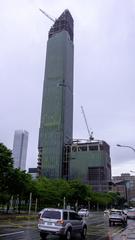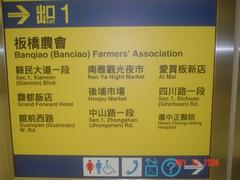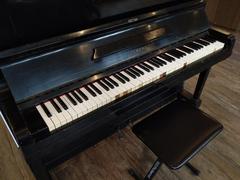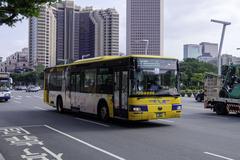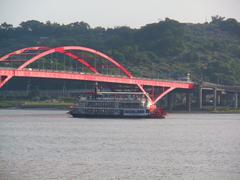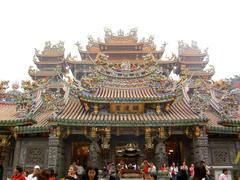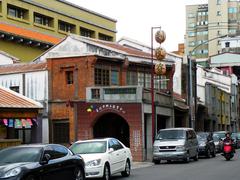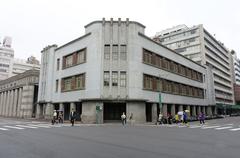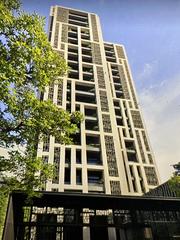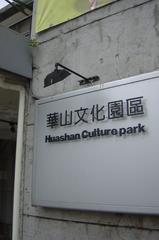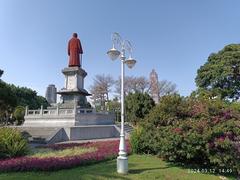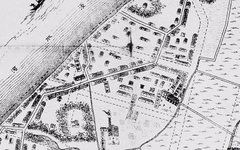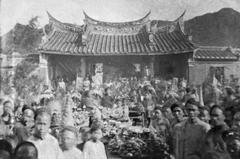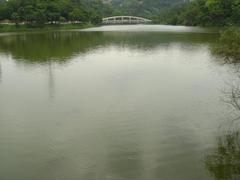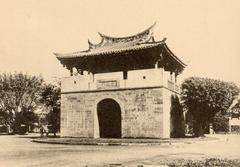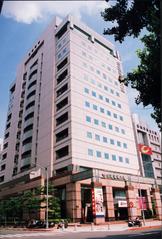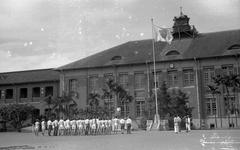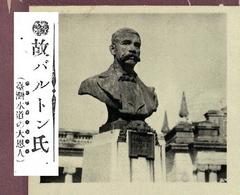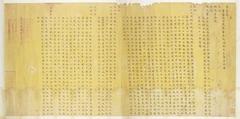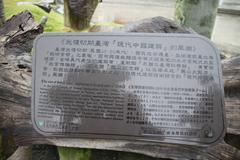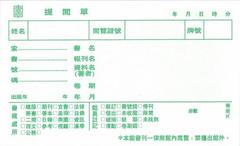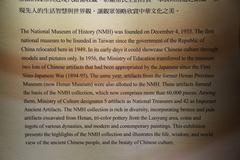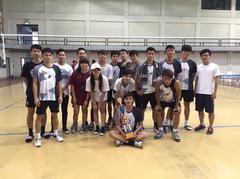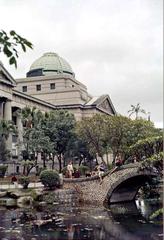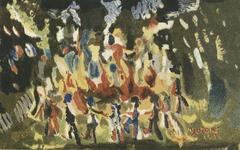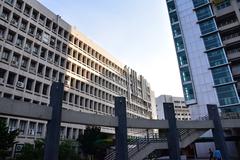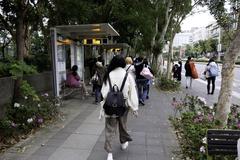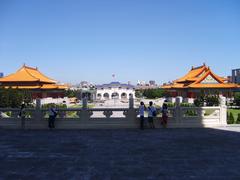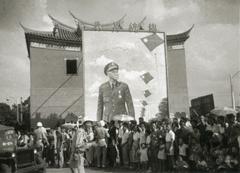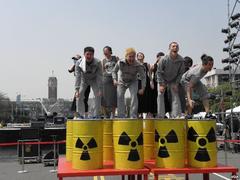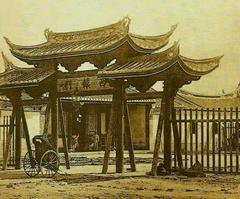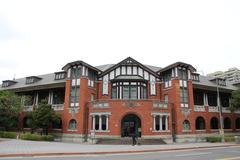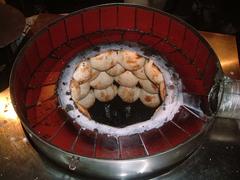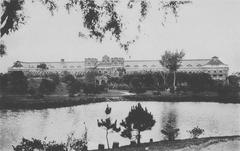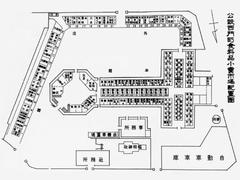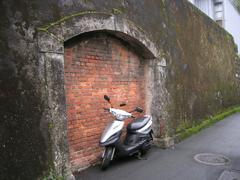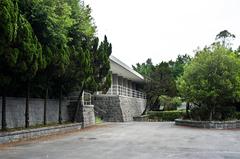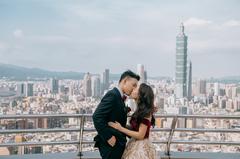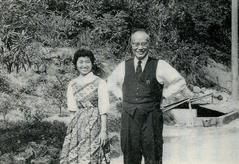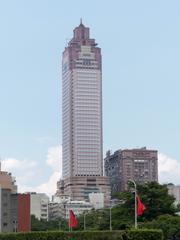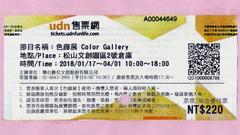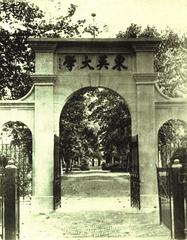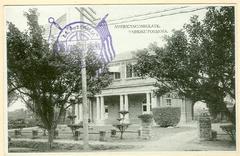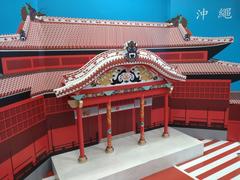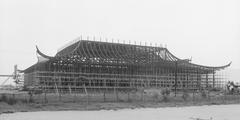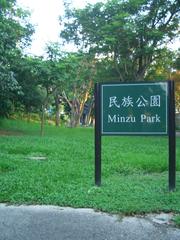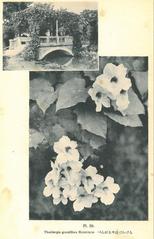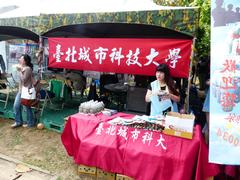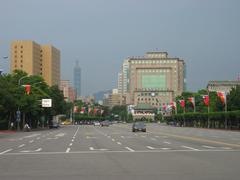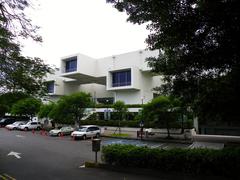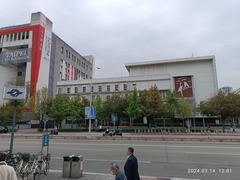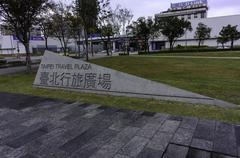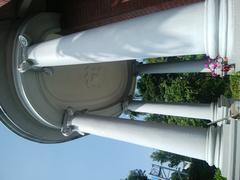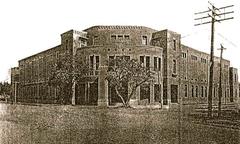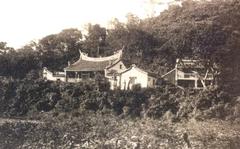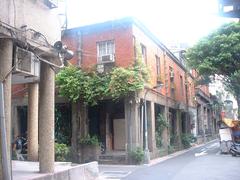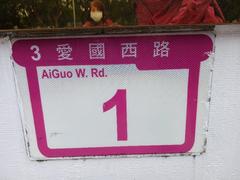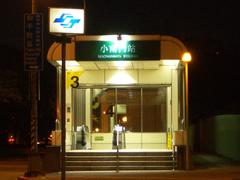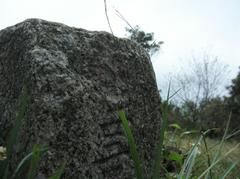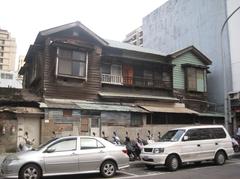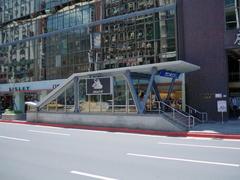Huang Family Qianrang Estate Visiting Hours, Tickets, and Taipei Historical Sites Guide
Date: 15/06/2025
Introduction
The Huang Family Qianrang Estate stands as one of Taipei’s most treasured historical landmarks, offering visitors a unique perspective on Taiwan’s rich cultural, architectural, and agricultural heritage. Located in the Daan District, this estate reflects over two centuries of Han Chinese migration, family lineage, and urban transformation, beginning with the Huang clan’s arrival from Fujian Province in the 18th century. As a quintessential Minnan (southern Fujian) sanheyuan, the estate embodies traditional architectural features and continues to serve as a living site for ancestral worship and cultural practices.
For those planning a visit, understanding the estate’s historical context, visiting hours, ticketing, accessibility, and nearby attractions is key to a meaningful experience. This guide combines historical research with practical travel insights and official resources such as the Taipei Cultural Heritage Website and Travel Taipei to ensure visitors make the most of their visit.
Table of Contents
- Historical Background
- Visitor Information
- Frequently Asked Questions (FAQ)
- Related Resources and Links
- Summary and Recommendations
- References
Historical Background
Early Settlement and Migration
The Huang Family Qianrang Estate’s origins are deeply tied to the Han Chinese migration from Fujian during the Qing Dynasty. The Huang clan settled in the Danshui area before relocating to Longanpi (now Daan District), seeking fertile land and opportunity (see image). This migration shaped not only the Huang family’s fortunes but also contributed to the broader demographic and economic landscape of early Taipei.
Construction and Evolution
By the fourth generation, the family constructed a mansion—initially known as Lianrang Estate and later Qianrang Estate—symbolizing their agricultural roots and aspirations. The estate’s architecture, location, and function reflect the social and economic rise of the Huang family, transitioning from tenant farmers to prominent landowners.
Architectural Features and Significance
The estate is a classic example of Minnan architecture, featuring red brick walls, granite imported from China, and a sanheyuan layout. Key features include:
- Horseback-style Roofs: Simpler than swallowtail ridges, representing modesty and tradition (Travel Taipei).
- Begonia-pattern Stone Windows: Allowing light and airflow, symbolizing harmony.
- Moon-shaped Window: A traditional element blending architecture with nature.
Rooms are distributed according to family hierarchy, physically embodying Confucian values. The estate’s multi-hall layout supports communal living while maintaining privacy.
The Huang Family’s Role in Local Development
The Huang family played a crucial role in Daan’s agricultural transformation, managing land and overseeing tenant farmers. Historical land contracts detail their acquisition and stewardship (FamilySearch Taiwan Resources). Their prosperity strengthened their social and political influence in the region.
Land Ownership and Social Structure
Land ownership was central to wealth and status. The estate’s endurance through both Qing and Japanese colonial periods highlights the family’s adaptability and the evolution of land practices and family organization in Taiwan.
Heritage Preservation
Today, the estate is a recognized cultural heritage site, with preservation efforts maintaining its original structures and traditional craftsmanship (Wikimedia Commons). It serves as an educational resource for understanding Taiwan’s historical narratives and Han Chinese settlement.
The Estate and Urban Development
Now surrounded by the modern cityscape of Daan District and the campus of Long Men Junior High School, the estate offers a rare glimpse into Taipei’s agricultural past and architectural heritage. It stands as a testament to successful heritage preservation amid rapid urbanization.
Ongoing Legacy
The estate remains a site for annual ancestor worship, especially during Tomb Sweeping Day, underscoring the ongoing relevance of filial piety and clan traditions in Taiwanese society (Travel Taipei).
Visitor Information
Visiting Hours and Ticket Prices
- Open: Tuesday–Sunday, 9:00 AM–5:00 PM
- Closed: Mondays and select holidays
- Admission: Typically NT$30–100 for adults, NT$50 or free for students, seniors, and on certain days
- Tickets: Purchase on-site or online via official resources or platforms such as KKday and KLOOK
Note: As the estate is on school grounds, access may be limited during school hours or special events. Always check the Travel Taipei page or contact the school for updates.
Accessibility and Travel Tips
- MRT: Daan Park Station (Red Line), 10-minute walk
- Bus: Several lines serve the area
- Parking: Limited—public transport recommended
- Wheelchair Access: Partial accessibility with ramps; some areas have uneven floors—contact ahead if needed
- What to Bring: Comfortable shoes, rain gear during wet season (May–September), and EasyCard/iPASS for convenience
Guided Tours, Events, and Photography
- Guided Tours: Daily at 10:00 AM and 2:00 PM in Mandarin (English and Japanese occasionally available); book in advance
- Photography: Allowed in most areas, except during family rituals or in restricted zones; best lighting is early morning or late afternoon
- Special Events: Traditional festivals and ancestor worship ceremonies held annually—check official schedules for details
Nearby Attractions
- Daan Forest Park: Taipei’s “Central Park”—walking distance for nature and leisure (Travel Taipei)
- National Taiwan Normal University: Historic campus nearby
- Yongkang Street: Famous for food and cafes
- Lin An Tai Historical House: Another preserved Minnan-style mansion
- Beimen (North Gate): Qing dynasty city gate
Frequently Asked Questions (FAQ)
Q: What are the estate’s opening days and hours?
A: Tuesday–Sunday, 9:00 AM–5:00 PM; closed Mondays.
Q: How much does admission cost?
A: Typically NT$30–100 for adults; discounts for students/seniors; sometimes free—confirm on the official website.
Q: Are guided tours available?
A: Yes, daily in Mandarin and occasionally in English—advance booking recommended.
Q: Is the estate wheelchair accessible?
A: Partially; some areas may be difficult to access—contact the visitor center for assistance.
Q: Can I take photos?
A: Yes, in most areas—avoid flash and respect signage.
Q: What is the best time to visit?
A: Weekday mornings for fewer crowds; avoid public holidays for a quieter experience.
Related Resources and Links
- Taipei Cultural Heritage Website
- Travel Taipei: Huang Family Qianrang Estate
- Wikimedia Commons: Huang Family Qianrang Estate
- FamilySearch Taiwan Resources
- Taipei Metro Map
- Taipei Travel Geek – Taipei 101 Guide
- Taiwanderers – Taipei with Kids
Summary and Recommendations
Visiting the Huang Family Qianrang Estate provides an immersive journey into Taipei’s historical and cultural tapestry. The estate’s elegance, rooted in Minnan traditions, and its legacy of migration, land cultivation, and social prominence, make it a must-visit for history, architecture, and culture enthusiasts. Preservation amidst Taipei’s urban landscape underscores Taiwan’s dedication to honoring its diverse heritage.
For the best experience:
- Check updated visiting hours and special events on official websites.
- Consider booking a guided tour for deeper insights.
- Use public transport for convenience.
- Explore nearby attractions to enrich your itinerary.
- Download the Audiala app or follow official tourism sites for updates and digital guides.
References
- Huang Family Qianrang Estate: A Historic Taipei Landmark and Visitor Guide, 2025, Taipei Cultural Heritage (https://english.gov.taipei/)
- Huang Family Qianrang Estate Visiting Hours, Tickets, and Exploring Taipei’s Historical Sanheyuan, 2025, Travel Taipei (https://www.travel.taipei/en/pictorial/article/33535)
- Contracts and other old documents as sources for family history and genealogy in Taiwan, FamilySearch Taiwan Resources (https://www.familysearch.org/en/wiki/Contracts_and_other_old_documents_as_sources_for_family_history_and_genealogy_in_Taiwan)
- The Meaning and History of the Name Huang, Venere (https://venere.it/en/the-meaning-and-history-of-the-name-huang/)
By planning ahead and utilizing these resources, your visit to the Huang Family Qianrang Estate will be both enriching and memorable—connecting you to the heart of Taipei’s living heritage.
